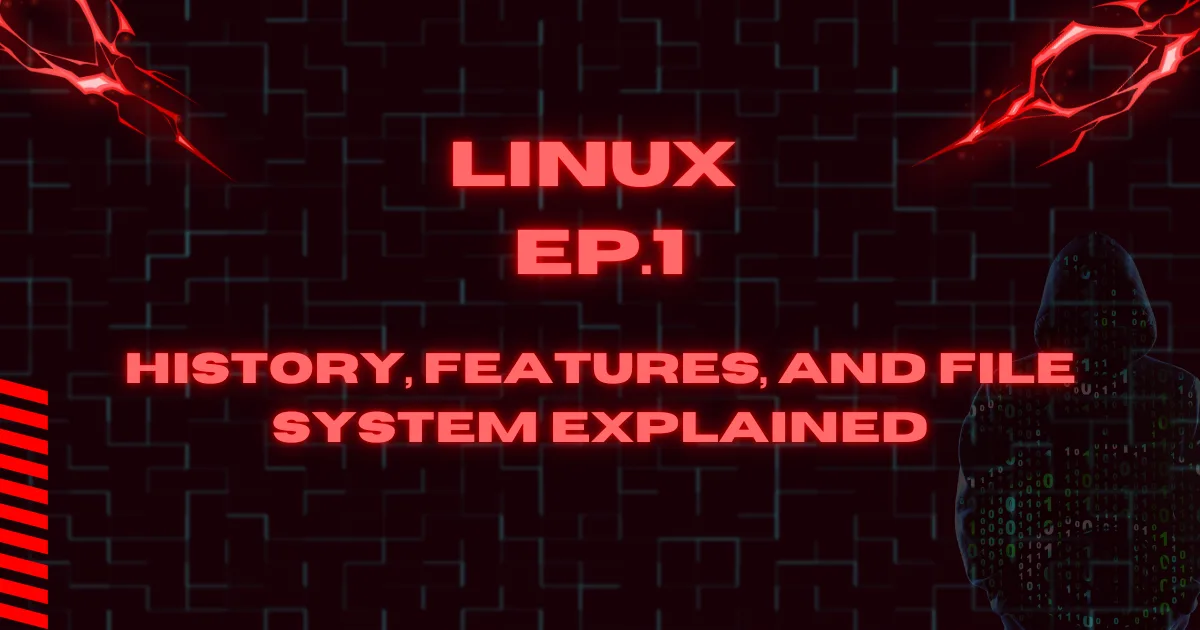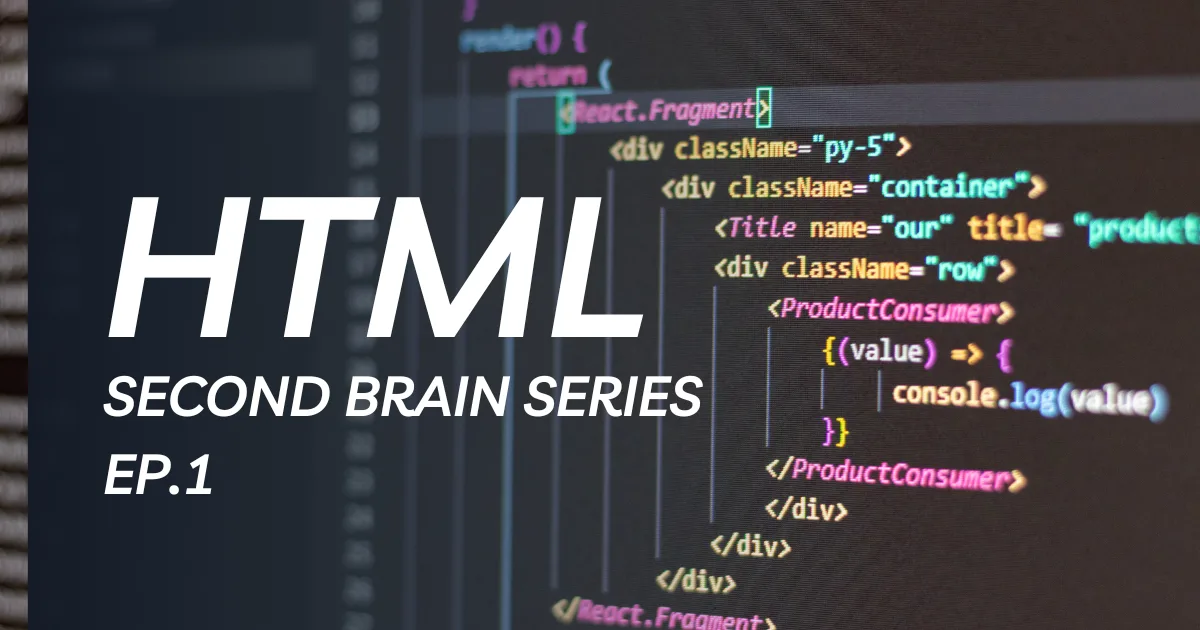Understanding the Basics of Network Communication
In our interconnected world, computer networks have become the backbone of modern communication. From simple home setups to complex global infrastructures, networks enable the seamless exchange of information that powers our digital lives. However, the physical connections between devices whether wireless signals or physical cables are just the beginning. For true communication to take place,
Understanding the Basics of Network Communication Read More »




